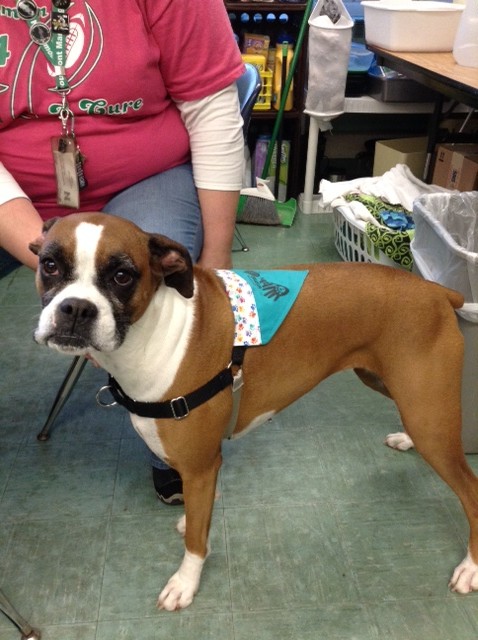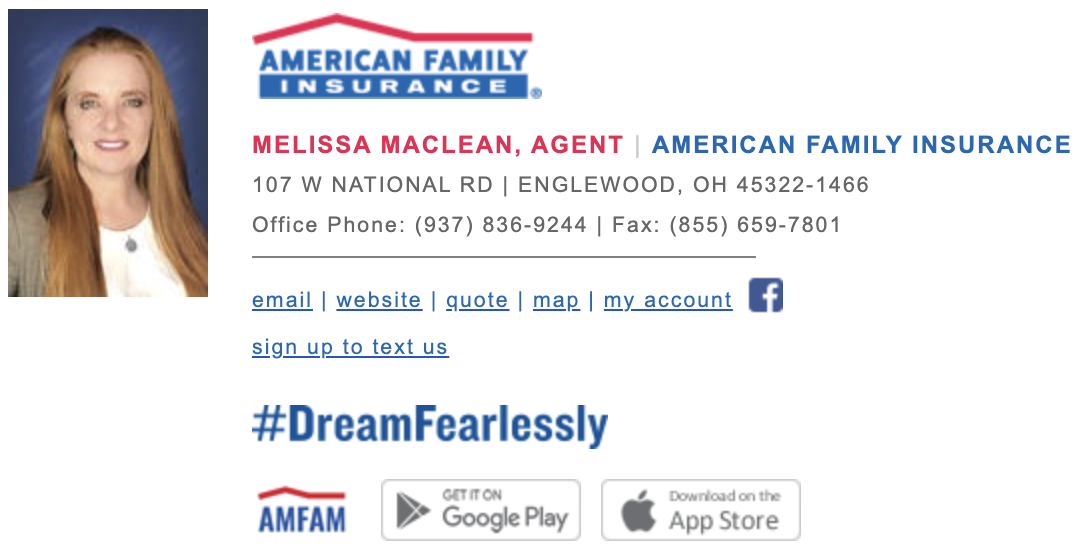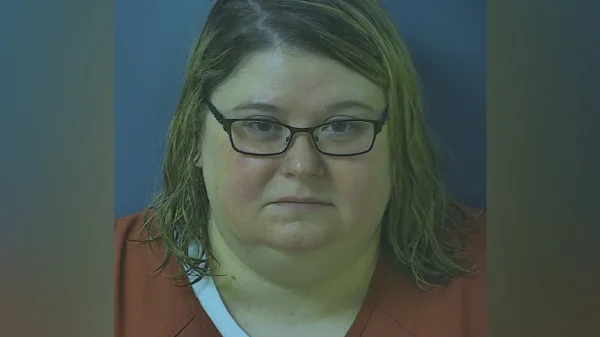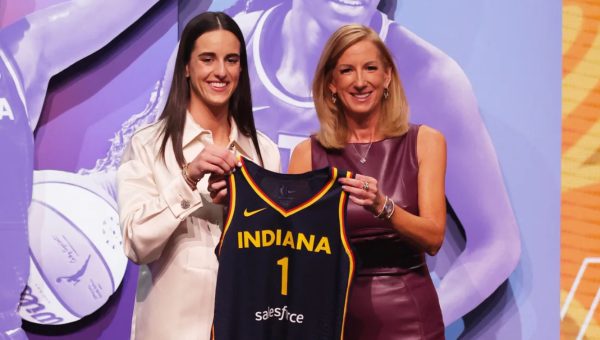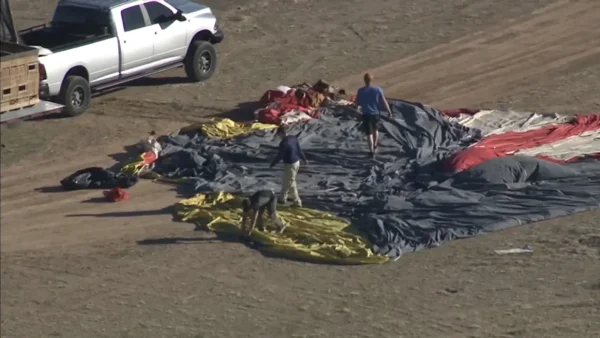Northmont Welcomes a New Staff Member
Lily the Therapy Dog Joins the Ranks
December 4, 2014
Therapy dogs are used in all sorts of places. They work in hospitals, retirement homes, disaster areas, physical therapy, mental therapy, and in schools. Now Northmont has our own therapy dog, Lilly, in room 107. After going through training, Lilly now is in the classroom every day.
Ms. Lori Hartman, a paraprofessional who teaches in room 107, decided to help her boxer, Lilly, become a therapy dog.
“Lilly had come to visit here in the classroom on several occasions and she was doing different things. Ms. Spiller was actually here observing the classroom one day and she saw how Lilly made some of the students do things they don’t normally do and she said ‘If you get her certified, she can come to school every day.’ So I decided this would be a good fit. She’s just a very calm, loving puppy and she seems to want to make everybody happy.”
There are certain requirements dogs must have in order to be trained as therapy dogs.
“They have to have basic obedience and a certain temperament before they even make it into the class,” said Hartman.
Once they enroll in classes, they are trained for a specific type of therapy.
“Each dog, just because they’re therapy dogs, does not always mean that they can do every type of therapy,” said Hartman. “They go into a therapy dog class. The one Lilly went through was with Dogtors University and it was a ten-week class.”
Lilly is helping the students in multiple ways.
“She helps them achieve their goals. She serves as a reward,” said Hartman. “After they do their work, they get to pet her.”
Lilly also helps with physical therapy.
“We use her during therapy,” said Hartman. “If a student does not normally use both of their hands to complete tasks, for example, they have to use both hands to hug her. So there are students who use both hands to hug, but they would not normally use the other hand. That helps stimulate movement in the other arm. There are therapies where they need to throw, so they throw a ball for her to go catch. Some of them will have goals to walk, so she has a special leash so they can walk her around the gym.”
Lilly makes the classroom environment brighter.
“She just makes them a little more happy,” said Hartman. “She makes them want to do their work.”
Lilly is also helping students with speech problems.
“Whether they’re verbal enough to make a noise, or they can hit a switch that’s been pre-programmed to say ‘Here, Lilly’ and they hit the switch so Lilly comes to see them.”
When Lilly is in the classroom, she brings joy to students and helps them achieve their goals and get their work done.


